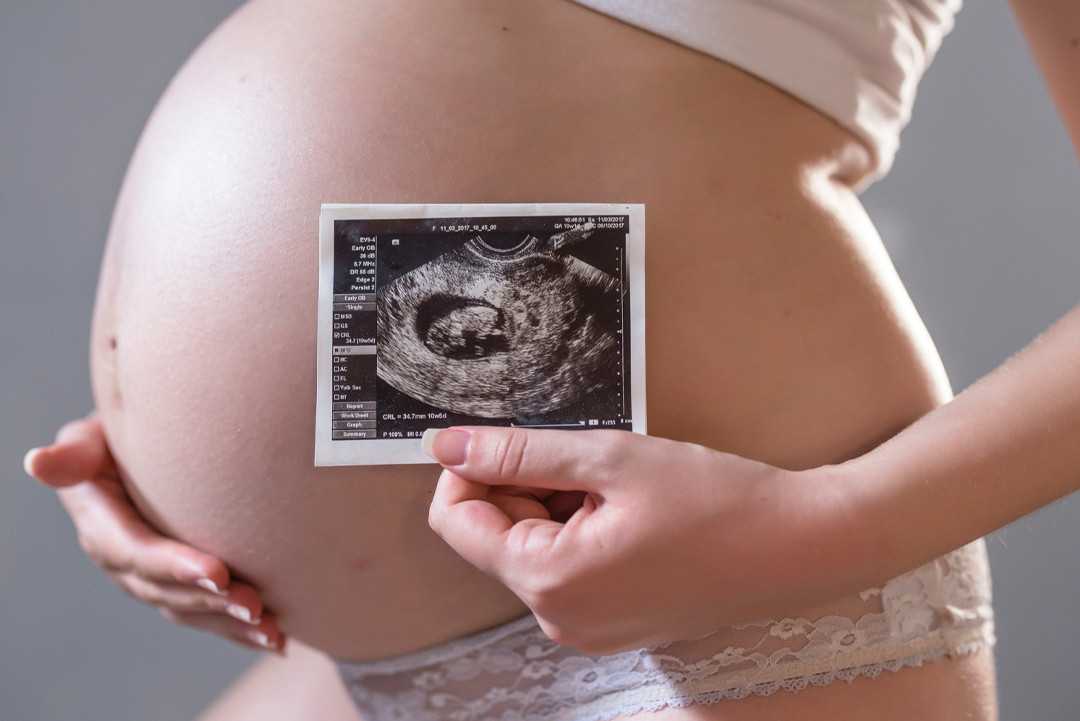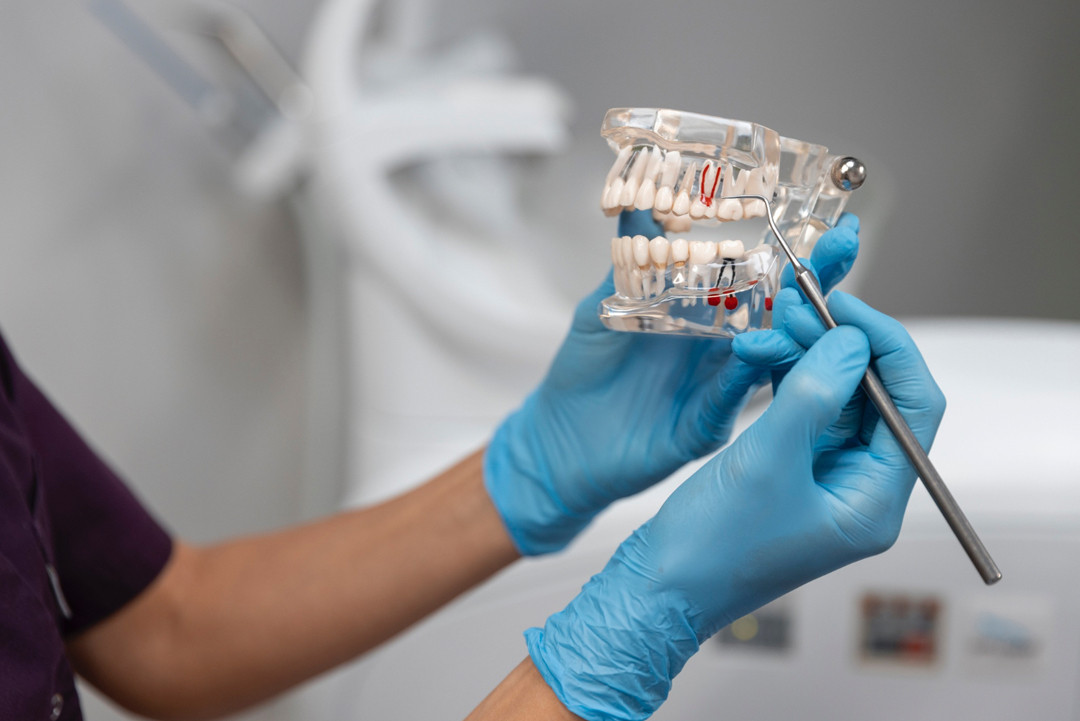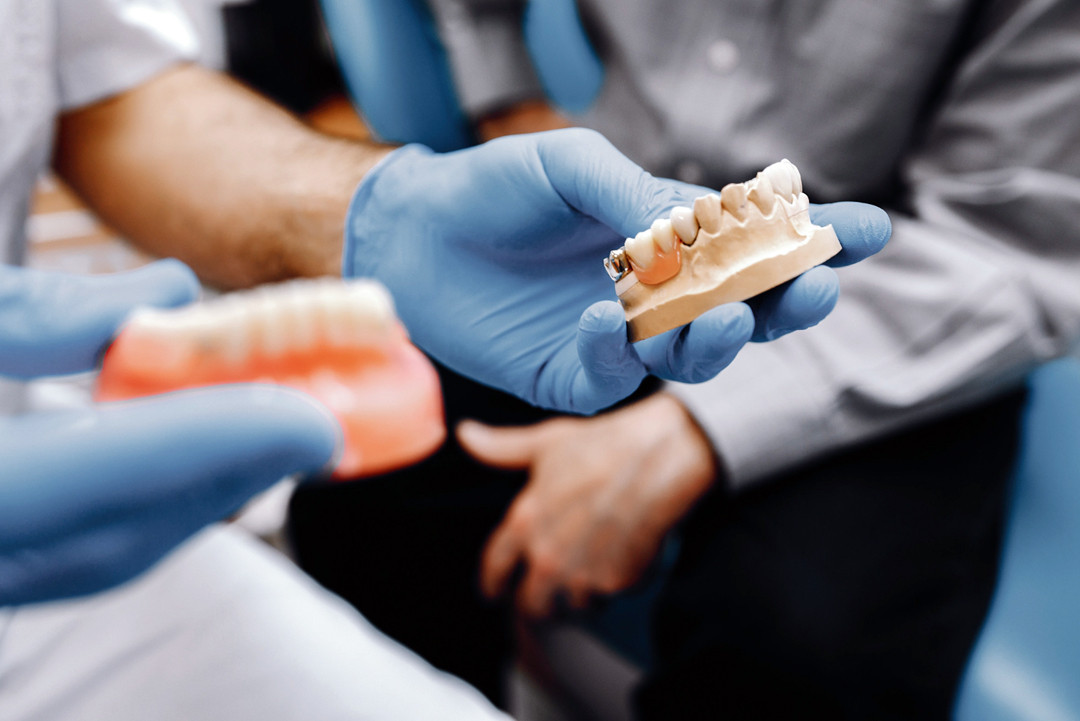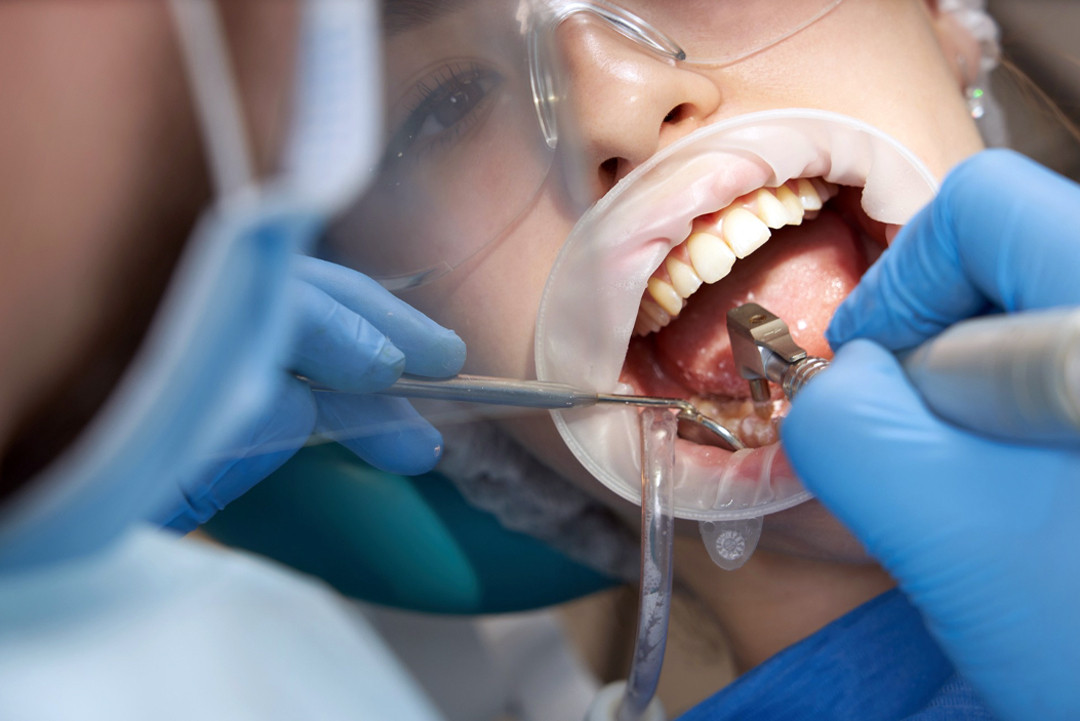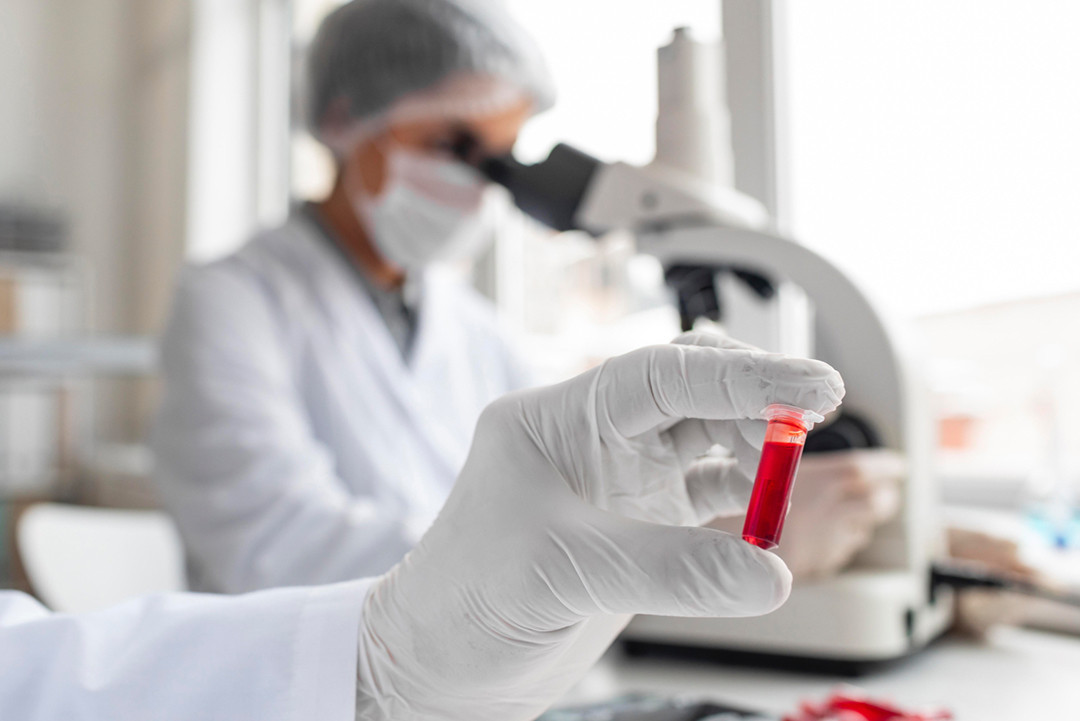For individuals facing challenges in conceiving naturally, in vitro fertilization (IVF) provides a viable pathway to parenthood. This advanced medical procedure is a widely used assisted reproductive technology designed to overcome infertility and other barriers to natural conception.
What is IVF?
IVF involves the external fertilization of eggs with sperm in a laboratory setting, followed by the transfer of the resulting embryo(s) into the uterus. The process is tailored to individuals or couples struggling with infertility due to various factors, including ovulation disorders, fallopian tube damage, or male-factor infertility. Microinjection (ICSI) is also a complementary method often used in IVF to enhance success, particularly in male infertility cases.
When is IVF Recommended?
IVF is considered an effective treatment option in the following situations:
- Fallopian Tube Issues: Damage or blockage preventing egg fertilization or implantation.
- Ovulation Disorders: Irregular or absent ovulation impacting fertility.
- Male Infertility: Poor sperm quality or motility.
- Endometriosis: Tissue growth outside the uterus interfering with fertility.
- Genetic Conditions: To screen embryos for hereditary disorders.
- Cancer Treatments: Preservation of fertility prior to chemotherapy or radiation therapy.
The IVF Process – A Step-by-Step Guide
- Ovarian Stimulation: Hormonal medications are administered to stimulate egg production. Regular ultrasounds and blood tests monitor follicle development.
- Egg Retrieval: Mature eggs are collected from the ovaries using a minimally invasive procedure under sedation.
- Sperm Collection: A semen sample is obtained, or sperm is surgically retrieved if necessary. The sample is prepared for fertilization.
- Fertilization: Eggs and sperm are combined in a laboratory. Either natural fertilization occurs, or ICSI is performed by injecting a single sperm directly into an egg.
- Embryo Transfer: Developed embryos are transferred into the uterus using a fine catheter. This step is typically performed 3–5 days after fertilization.
- Pregnancy Testing: Two weeks after the transfer, a blood test confirms pregnancy. A follow-up ultrasound ensures the embryo’s successful implantation.
Factors Influencing IVF Success
Several variables contribute to the success rate of IVF:
- Maternal Age: Younger individuals generally have higher success rates.
- Embryo Quality: The selection of healthy embryos is crucial.
- Lifestyle Choices: Smoking, obesity, and alcohol use may reduce effectiveness.
- Infertility Causes: Certain conditions, such as severe endometriosis, may present additional challenges.
Possible Side Effects
Following the embryo transfer, patients may experience:
- Mild bloating or cramping
- Spotting or light bleeding
- Breast tenderness
- Constipation or other gastrointestinal discomfort
These effects are typically mild and subside shortly after the procedure.



